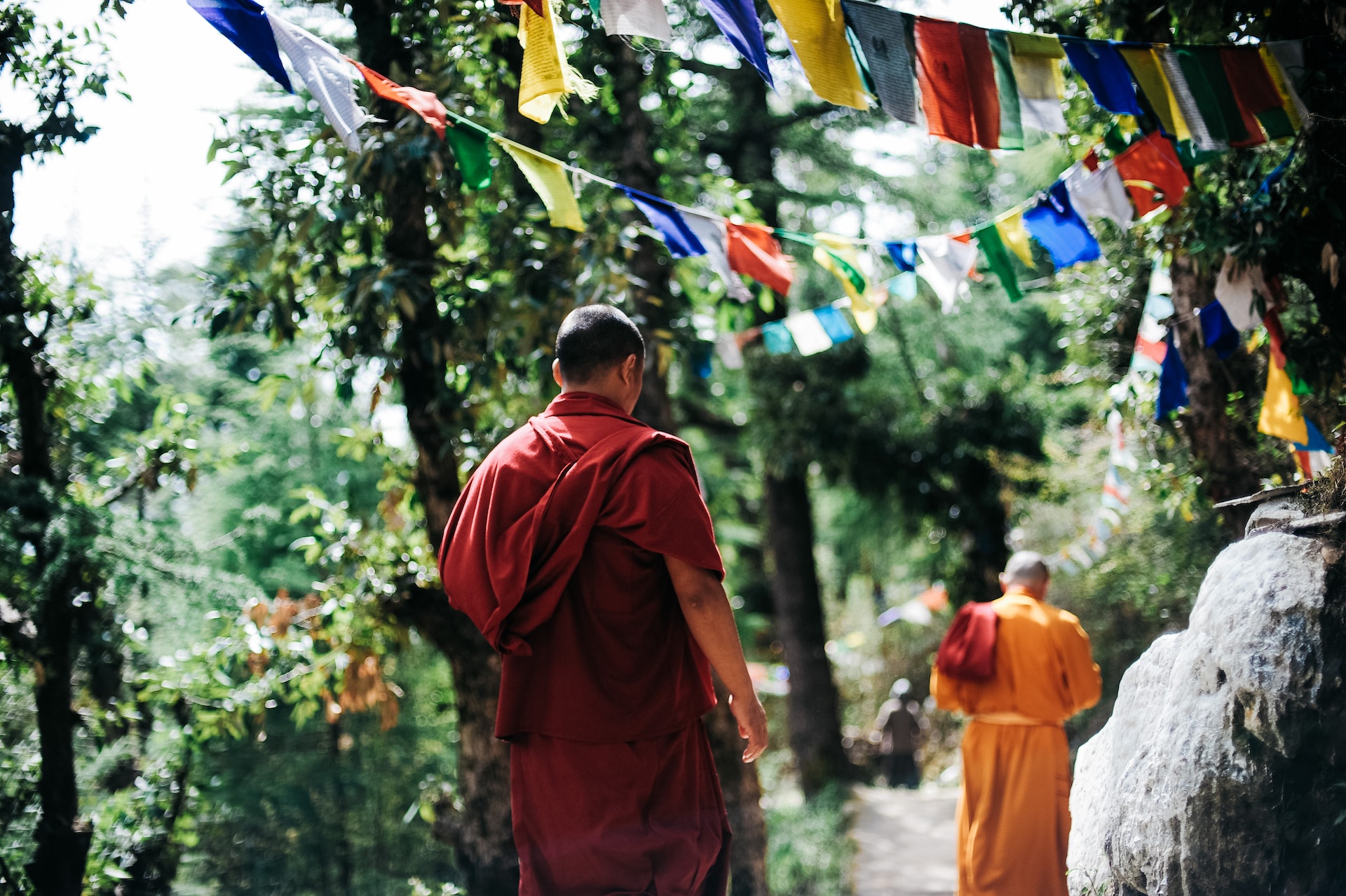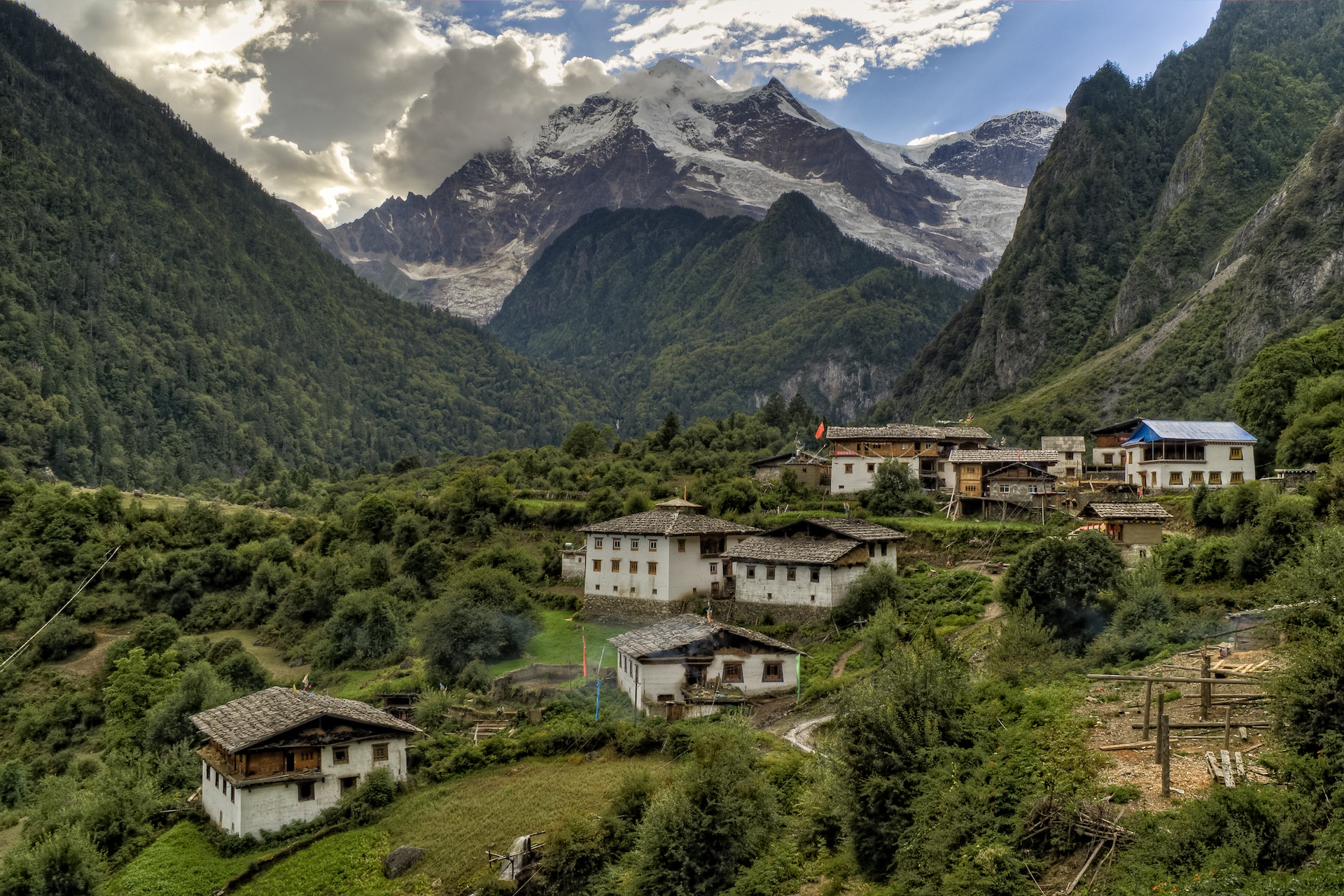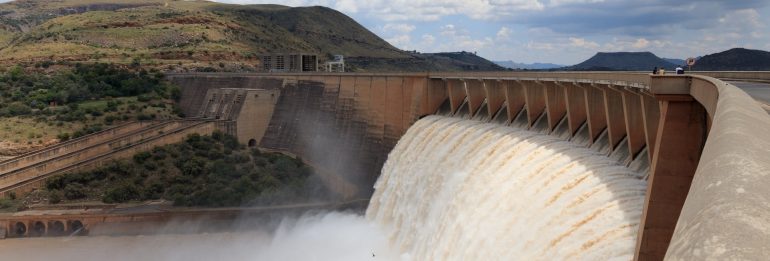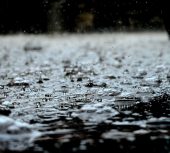KATHMANDU – In a controversial move, Nepal's Ministry of Forest and Environment has recently unveiled a proposal that could potentially shake the foundations of the country's longstanding conservation efforts. The new draft, if implemented, will pave the way for the development of large-scale hydropower plants right within the heart of Nepal's protected regions.
A Proposal Mired in Controversy
Dubbed the “Construction of Physical Infrastructure Inside Protected Areas (Procedures)," this recent proposal is seen by many as an effort to sidestep existing guidelines, thereby enabling power developers to embark on projects without the stringent environmental safeguards that have historically been in place.
Experts have raised concerns over several aspects of the proposal. Key among them is the provision that would allow hydropower plants to be built completely within protected areas, coupled with more lenient regulations surrounding water release during peak dry seasons and land acquisition for power project development.
Legal Implications and Wider Concerns
Dilraj Khanal, an esteemed lawyer specializing in natural resources, noted the glaring inconsistencies within the document. "There are many legal flaws," he stated, adding that the new draft contravenes the Constitution and the National Parks and Wildlife Conservation Act. Such actions not only breach established laws but also put at risk the painstaking conservation achievements Nepal has realized over recent decades.

The Constitution of Nepal and other national regulations highlight the imperative of striking a balance between developmental aspirations and environmental conservation. Specifically, certain provisions in these laws, such as the prohibition on the use of explosives and damming of rivers inside protected areas, seem to be in direct conflict with the proposed document.
Communities at the Heart of Conservation
Hem Sagar Baral, a respected conservationist, elucidated on the decades of effort put in by both the government and local communities in nurturing Nepal's protected regions. "It is essential to pursue progress that harmonizes with nature conservation," Baral said. He also highlighted the imperative to assess the nation's genuine energy needs rather than plunging headlong into hydropower development.

It's noteworthy that Nepal boasts a mosaic of national parks, conservation areas, wildlife reserves, and buffer zones. These regions, some of which house indigenous communities, represent a significant 23.39% of the country's total land area. Furthermore, many of these areas, such as the Sagarmatha (Mount Everest) and Langtang, have global recognition due to their pristine landscapes and popular trekking trails.
The Old Versus the New
The current proposal is poised to replace its 15-year-old predecessor. Notably, the previous guidelines barred any power projects from entirely occupying regions within national parks or protected areas. In contrast, the new draft appears more lenient, allowing projects of any magnitude to be developed within these sanctuaries.
Environmentalists are particularly concerned about certain provisions in the new draft, such as the ease with which developers can bypass land procurement and reforestation requirements. This could inadvertently boost the commercial trade of land inside these sensitive zones, a source within the ministry disclosed to Mongabay.
A Balance Disrupted?
While proponents of the draft argue that it seeks to bring equilibrium between development and conservation, many experts feel that this balance is threatened. The challenges posed by climate change only compound these concerns.
Incidents like the 2021 Melamchi flood and similar disasters in neighboring regions serve as stark reminders of the unpredictability and ferocity of climate change. Investments in hydropower infrastructure, if not handled judiciously, could be vulnerable to these climatic shifts.
Conservationist Raju Acharya voiced concerns over the potential adverse impact on Nepal's conservation landscape. "The new procedure could spell disaster for conservation in Nepal," he remarked.
Ajay Karki, spokesperson for the Department of National Parks and Wildlife Conservation, however, believes that the new procedures only document existing practices and support a balanced approach between conservation and development.
Conclusion
As the debate rages on, one thing is certain: the decisions made in the corridors of power will shape the fate of Nepal's pristine protected areas. The country, hailed for its conservation achievements, stands at a crossroads, and its choices will determine not only its environmental future but also its legacy in the annals of global conservation.
©GlobalCO2.uk





